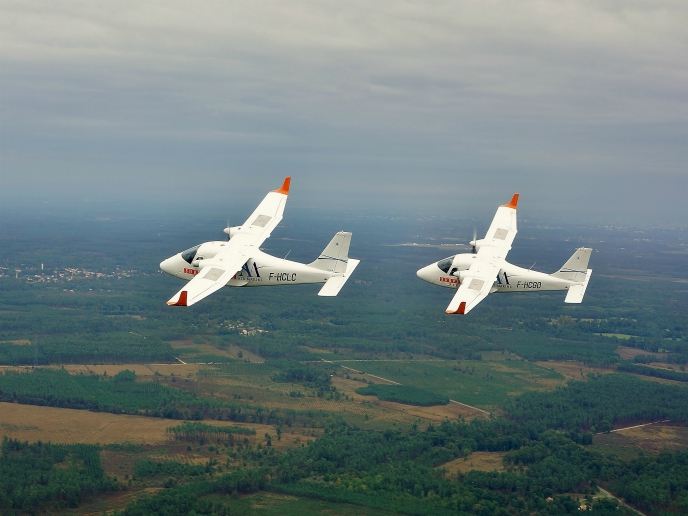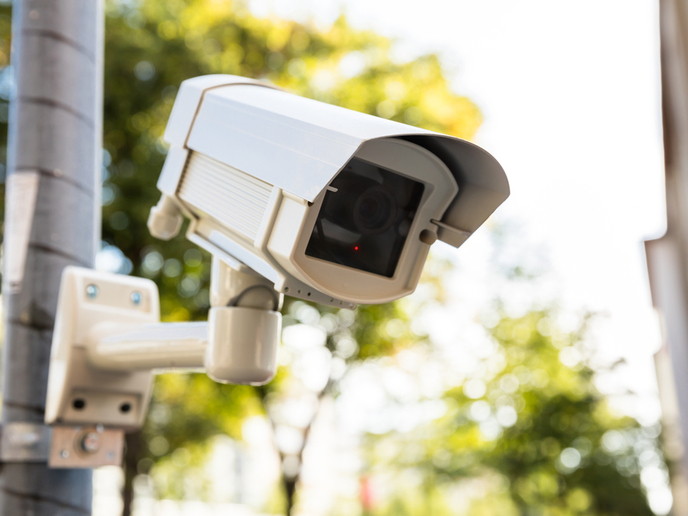Drones can support massive reductions in lost drinking water
Nearly one fifth of the world’s population already lives in areas of physical water scarcity(opens in new window) at a time when global climate change is making water availability less and less predictable(opens in new window). Almost 800 million people worldwide currently lack access to safe drinking water(opens in new window). Better water resource management is required. Non-revenue water (NRW), water that is produced in a network but never reaches the consumer, is a surprisingly simple and effective target. Globally, nearly 32 billion cubic metres of water is lost each year(opens in new window). This water has already been processed and treated, incurring financial and energy costs. The EU-funded WADI(opens in new window) project has developed cost-effective aerial surveillance systems to find leaks quickly and minimise loss. The technology promises an impressive 50 % reduction in NRW, with important environmental, societal and economic benefits.
An eagle eye for water
Drinking water travels long distances in large transmission mains from treatment facilities to storage tanks. Distribution mains, typically smaller in diameter, carry the water under city streets and into homes. “Leaks on large-diameter pipelines can account for more than 50 % of the total water lost from leaks. They are difficult to locate with traditional terrestrial, acoustic-based technologies and they are costly to detect, locate and repair. In fact, utilities often simply exclude transmission mains from leak detection programmes for these reasons,” according to project coordinator Elena Gaboardi, project manager Christian Chatelard and scientific coordinator Jean-Claude Krapez. Fortunately, water leaks affect the local environment in ways that can be detected with remote sensors. According to Krapez, leaks increase the soil moisture content and/or the water content in plants and vegetation. This causes changes in light reflectance at optical wavelengths and infrared emission due to changes in temperature, largely related to evaporation (from soil) or transpiration (in plants). “WADI developed a new method to detect damage in water pipes using small planes and drones that identify the leaks by evaluating the change in surface moisture from above. This methodology is especially useful in large rural and inaccessible or dangerous places where current detecting methods fail,” Chatelard explains.
Innovation takes flight
WADI scientists worked closely with end-users to tailor technologies to meet market needs. Combining thermal infrared sensors with visible and near-infrared data from multispectral cameras significantly increases water detection accuracy. The systems were tested in two operational environments. Preliminary tests show the technology is competitive with satellite-based systems in terms of both cost and performance, whereas it is superior to conventional ground-based leakage detection systems. In Europe, around 23 % of clean drinking water is lost(opens in new window) due to leakage from water pipes. Implementation of WADI technology could reduce that by 50 %. The technology also turned out to be very good at detecting underground water in general and could be used to locate water in arid regions. Overall, WADI outcomes are poised to reduce the effects of water scarcity and increase access to drinking water, mitigating one of the top five risks predicted to have the biggest impact in the very near future(opens in new window).







